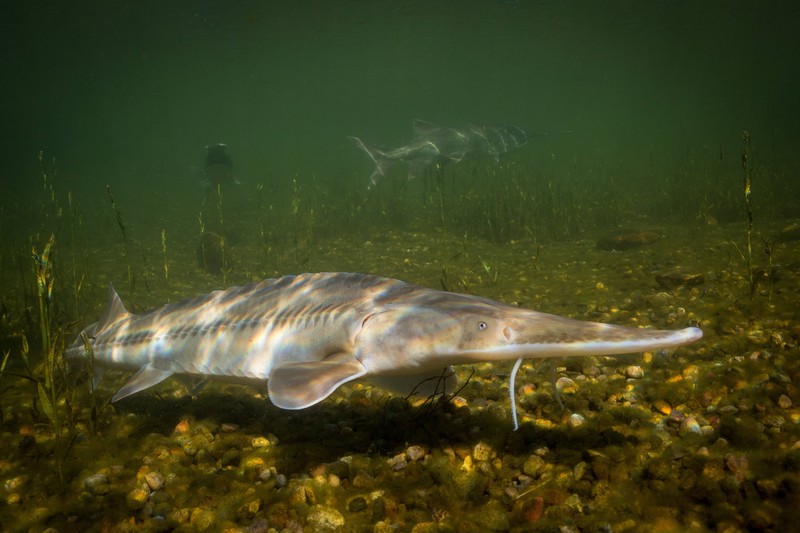


The U.S. Endangered Species Act (ESA) is widely considered to be one of the strongest laws for protecting imperiled wildlife, with nearly all species protected under the law still existing today. Among the ESA’s strongest provisions, at least as written, is the requirement under section 7(a)(1) that federal agencies use their authorities to help recover imperiled species. New initiatives like 30x30, the campaign to conserve at least 30% of U.S. lands and waters by 2030, offer opportunities to reinvigorate and expand 7(a)(1) programs to play a significant role in biodiversity conservation. To gauge the current status of 7(a)(1) plans and assess their effectiveness, we collected all section 7(a)(1) materials available to the public through internet searches and direct requests to agencies. We evaluated the scope of existing 7(a)(1) programs and found that despite the clear potential benefits of strong programs, the section has been significantly underused by federal agencies. Further, we show that existing plans are highly inconsistent in content and style, and we trace that inconsistency to the lack of policy guidance for their creation and implementation. Based on these findings, we recommend five strategies for improving 7(a)(1) implementation: establishment of formal guidance from the federal wildlife agencies, tailored guidance from other federal agencies to help them meet their 7(a)(1) obligation, dedicated funding, integration of 7(a)(1) into existing initiatives and opportunities, and top-level executive branch coordination and cooperation.